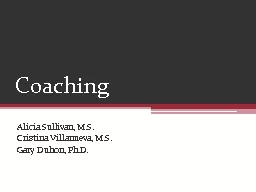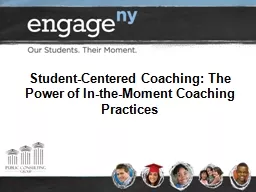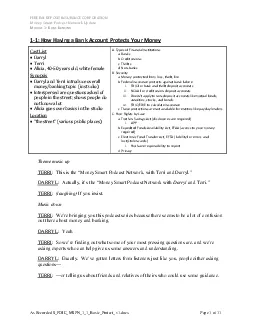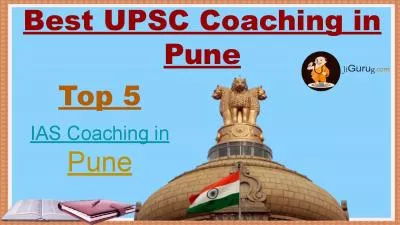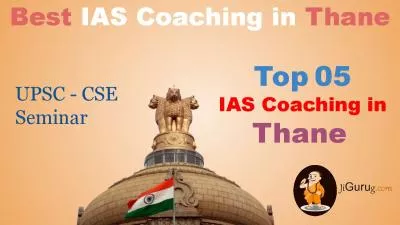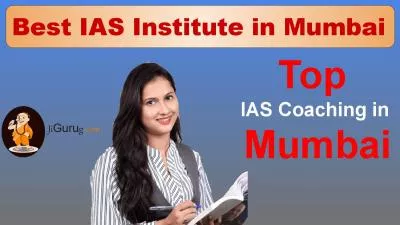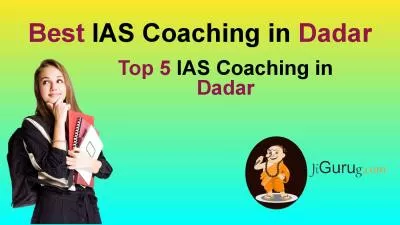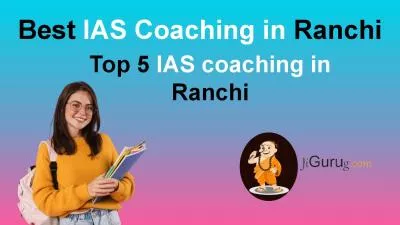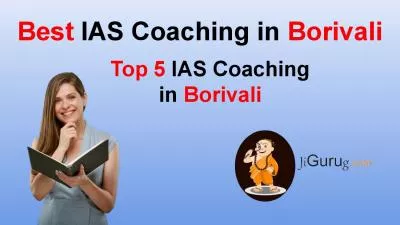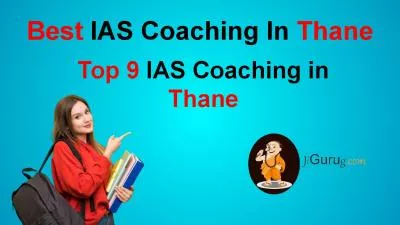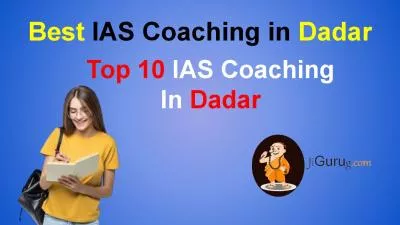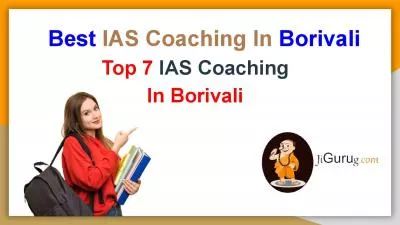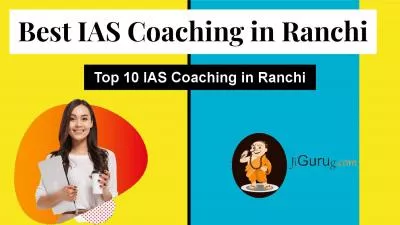PPT-Coaching Alicia Sullivan, M.S
Author : alone2cute | Published Date : 2020-07-04
Cristina Villanueva MS Gary Duhon PhD What is Coaching Coaching is a method of transferring skill and expertise from more experienced and knowledgeable practitioners
Presentation Embed Code
Download Presentation
Download Presentation The PPT/PDF document "Coaching Alicia Sullivan, M.S" is the property of its rightful owner. Permission is granted to download and print the materials on this website for personal, non-commercial use only, and to display it on your personal computer provided you do not modify the materials and that you retain all copyright notices contained in the materials. By downloading content from our website, you accept the terms of this agreement.
Coaching Alicia Sullivan, M.S: Transcript
Download Rules Of Document
"Coaching Alicia Sullivan, M.S"The content belongs to its owner. You may download and print it for personal use, without modification, and keep all copyright notices. By downloading, you agree to these terms.
Related Documents

